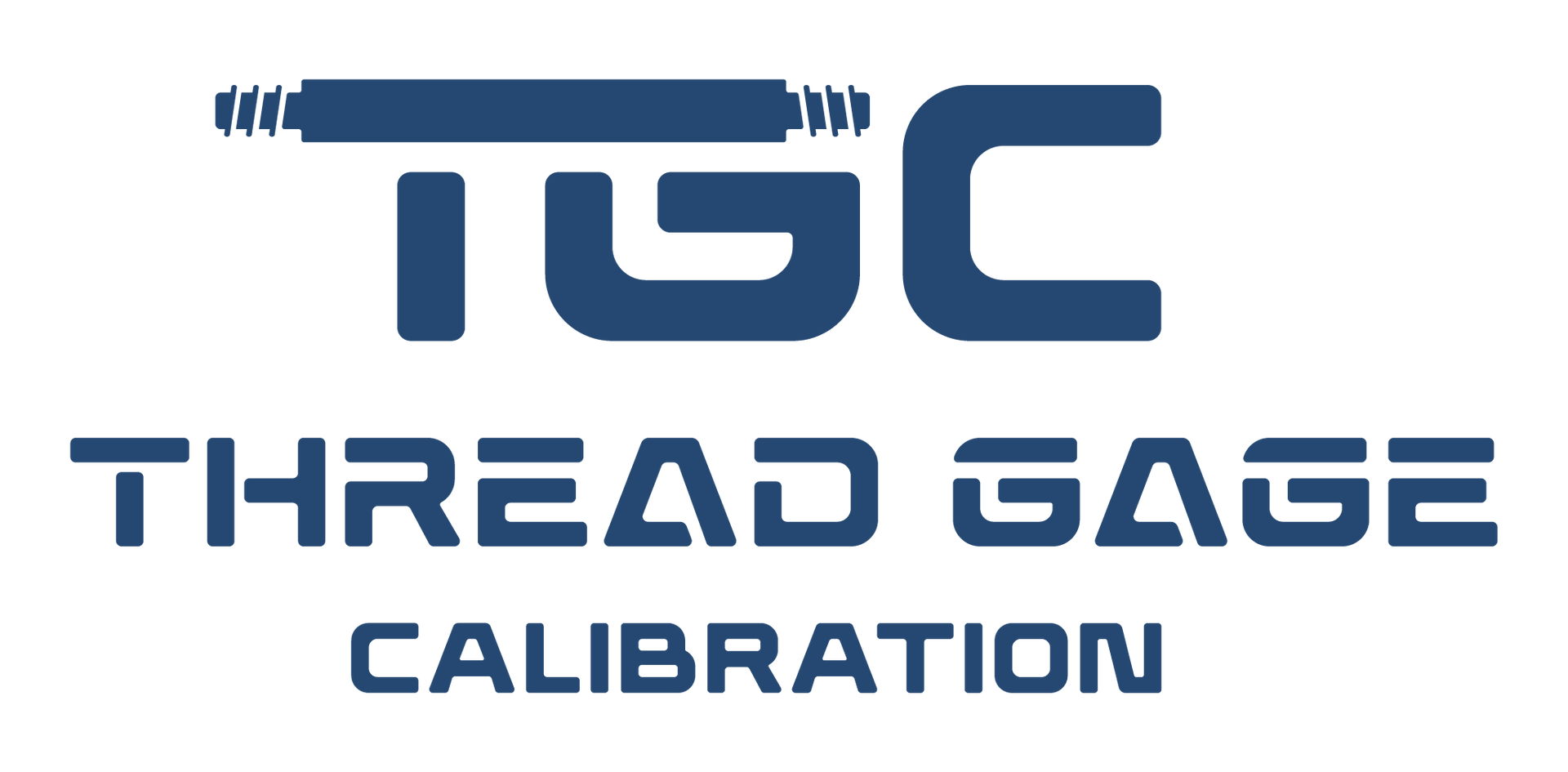
Technical Information
Adjustable Thread Ring Gage Calibration: How Accurate Is It?
While a new American Gage Design (AGD) adjustable thread ring gage is initially calibrated to a master setting plug gage, the setting can be slightly altered during the transport from manufacturer to end user. This can result from a variety of factors, ranging from a dropped adjustable ring gage to exposure to radical changes in temperature during the shipping process. The result of these factors is that the locking assembly can shift, and if the adjustable ring gage is not shipped with its setting plug, the end user might never even know that the setting is no longer valid. A gage arriving with a no longer valid calibration setting is not uncommon and can be easily remedied if the setting plug is included. However, all too often, this is simply not the case. The absence of a set plug means that not only is there no way to check if the setting has shifted; it also means the end user will be unable to monitor the ring gage during its use or check after an accidental dropping or for intentional tampering. The result may be a production run of bad parts. Many manufacturers avoid the potential for liability by specifying that calibration settings only apply at the time and place of initial calibration. European manufacturers eliminate the potential problems associated with adjustable thread ring gages by using non-adjustable or solid style thread ring gages. Additionally, calibration of AGD adjustable style thread ring gages by direct measurement is not recognized by ANSI/ASME B1.2 1983; Gages and Gaging for Unified Inch Screw Threads; Reaffirmed in 2017. Some calibration laboratories utilize the direct measurement method with ULMs or CMMs when a matching threaded master set plug gage is not available despite the above fact. This method fails to account for the helix offset alignment effect of adjustable style thread ring gages, and the diametral effect of lead and flank angle variations. The only prescribed method of calibrating AGD – adjustable style thread ring gages is by means of a master thread setting plug gage. Per ANSI/ASME B1.2-1983; Reaffirmed 2017; paragraph 5.1.1: “Adjustable Go thread ring gages must be set to the applicable W tolerance setting plugs” and paragraph 5.2.1: “Not Go (Lo) thread ring gages must be set to the applicable W tolerance setting plugs”. Also reference table 5 and Table 12 (including notes 6 and 7) for more information. When a thread master setting plug has not been purchased or is not available, the end user may opt to have thread ring gages calibrated by means of direct measurement so that they have a record for their files. This common practice by both accredited and non-accredited labs may create more issues by either failing the ring for the PD measuring oversize, or by improperly adjusting the thread ring gage to their measurement, which is not a valid setting, and will most often take the minor diameter out of tolerance. Even if the minor diameter stays in tolerance, doing this may cause the end user to have a false sense of confidence in the gage based on a calibration cert, as the ring is no longer properly set. Whenever an AGD thread ring gage is purchased it is always advisable to purchase or have access to the matching master thread setting plug gage. This practice will help to eliminate the possibility of using an out of tolerance thread ring gage. It will also reduce any costly downtime of having to send out a thread ring gage or order one in the event that the gage is dropped or mishandled.
Need Your Thread Gages, Rings or Plugs Calibrated?
Address
Thread Gage Calibration
Osborn Products
1127 West Melinda Avenue
Phoenix, AZ 85027
Email Us
